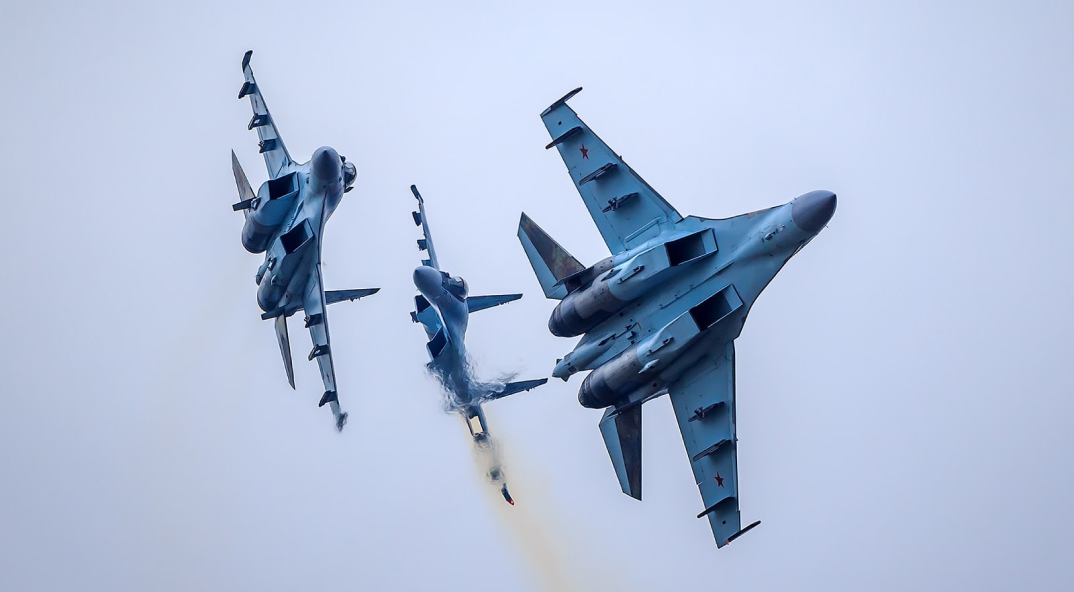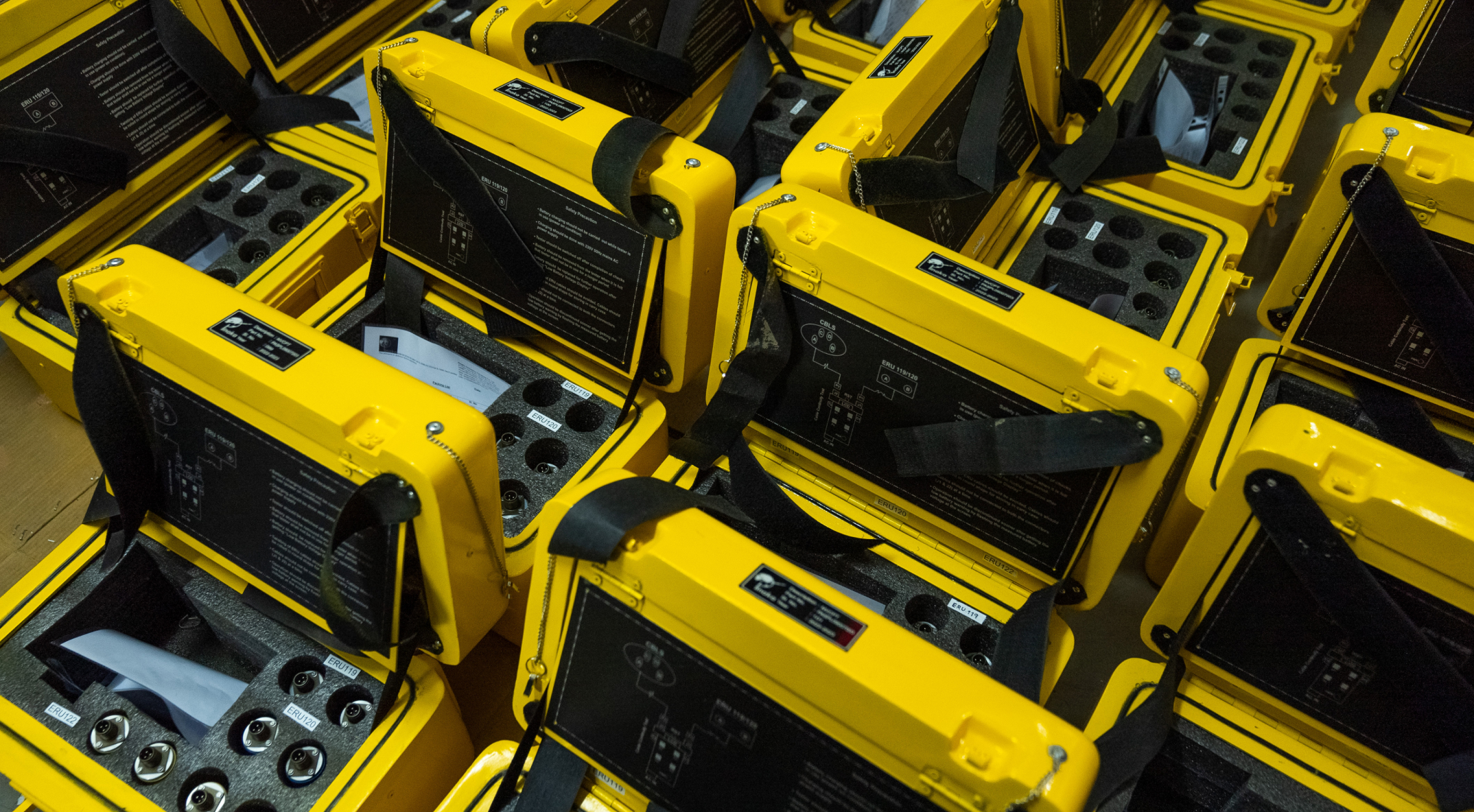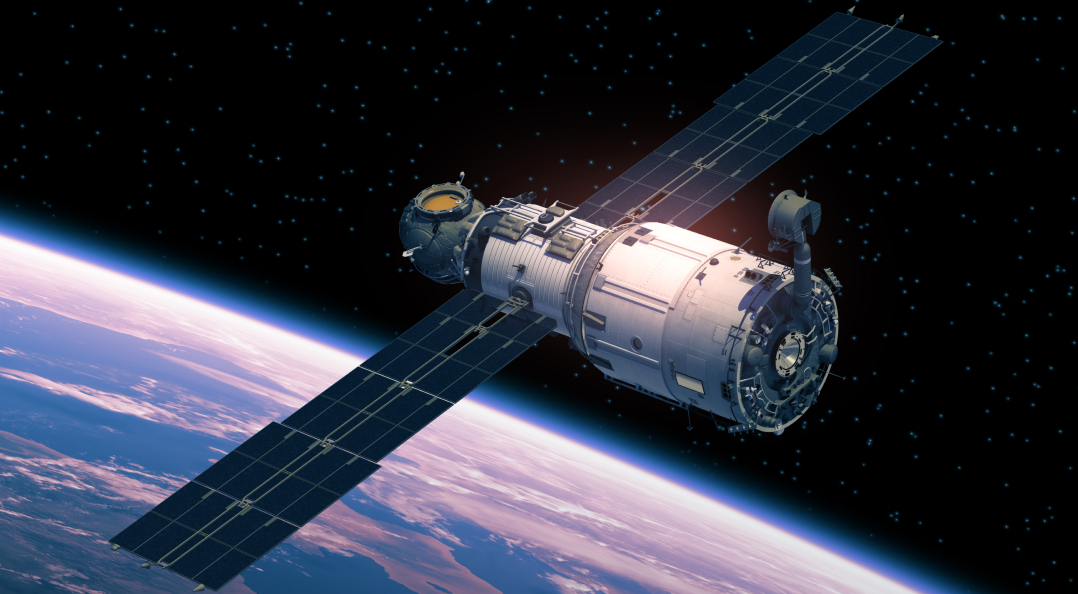Delivering Mission-Critical Defense Equipment Reliability with the Pinaka G-Meter

At Pinaka Aerospace Solutions, we’re known for our commitment to indigenization and innovation, and we have developed a solution to address this challenge: the G-Meter. This advanced device monitors and records shock, vibration, and environmental conditions experienced by mission-critical equipment, ensuring that these systems remain operationally effective and reliable throughout their lifecycle.
The Importance of Environmental Monitoring
Before examining the specifics of the G-Meter, it is important to understand the broader context in which such a device operates. Mission-critical equipment in the aerospace and defense sectors is subjected to harsh conditions, whether during a high-speed flight, a rough landing, or transportation over uneven terrain. This stress can manifest as mechanical shock, sustained vibration, or exposure to extreme temperatures, and lead to wear and tear or even outright failure if not properly managed.
Environmental monitoring is essential to maintain such equipment. By accurately tracking the conditions under which a system operates, maintenance teams can identify potential issues before they escalate, schedule preventative maintenance, and extend the operational life of the equipment. In essence, effective environmental monitoring enhances the reliability and cost-effectiveness of mission-critical systems.
The Pinaka G-Meter
Pinaka’s G-Meter is specifically designed to address the rigorous demands of mission-critical equipment. This device is the culmination of extensive research and development, tailored to meet the requirements of defense systems. The G-Meter is a compact, self-contained unit that offers a range of advanced features, making it an indispensable tool for military organizations looking for the highest standards of equipment reliability.
Key Features of the G-Meter
- High-Impact Event Recording: One of the standout features of the G-Meter is its ability to record impact events of up to 16G, where equipment may be exposed to sudden and severe shocks—such as during a hard landing or an explosion—this capability is critical. The G-Meter captures the magnitude of these impacts and their direction and provides a comprehensive view of the forces at play. Users can set thresholds, ensuring that the G-Meter records the time, location, and shock levels for those impact events above the defined thresholds. This saves both battery and memory.
- Multi-Axis Monitoring: The G-Meter records data along the X, Y, and Z axes, offering a complete picture of the stresses experienced by the equipment. This is especially important in operating environments where forces can act in multiple directions simultaneously. By monitoring each axis individually, the G-Meter ensures no detail is overlooked, enabling more accurate assessments of equipment condition.
- Temperature Recording: The Pinaka G-Meter tracks temperature over time. This is a fundamental feature for equipment that operates in environments with fluctuating temperatures since thermal stress can adversely impact system performance and longevity. The G-Meter helps maintenance teams understand how thermal conditions contribute to overall equipment stress.
- Self-Contained Design: As a self-contained unit, free of external cables and wires, its design choice offers several advantages. First, it reduces the risk of cable damage, which could compromise the integrity of the data collected. Second, it simplifies installation and deployment for easy integration of the G-Meter into an array of systems. Finally, the self-contained nature of the device enhances its durability, as fewer external components could be damaged or disconnected.
- Extended Battery Life: With a battery life of up to 24 months, the G-Meter is engineered for long-term monitoring without frequent maintenance. This extended battery life is particularly beneficial in remote or inaccessible locations, where changing batteries may be logistically challenging. The long battery life also ensures that the G-Meter can continuously monitor equipment over extended periods, providing a reliable data stream for analysis.
- LED Display and Status Indicators: The G-Meter features a programmable LED display that provides immediate, at-a-glance information. The display includes single-tap and double-tap status indicators, which can be customized to show different data, such as time of impact or battery status. This feature lets users check the device’s status without connecting it to an external system.
- Data Transfer Capabilities: Data collected by the G-Meter can be easily transferred via serial or USB connections. This capability ensures data can be quickly and efficiently uploaded to analysis software to review and interpret the information without delay. Transferring data via USB or serial connections enhances its versatility since it can be integrated with new and existing systems and tools.
Applications of the G-Meter
The versatility and features of the G-Meter make it suitable for a wide range of applications, particularly in the defense and aerospace sectors. Some of the applications where the G-Meter can make a significant impact are:
- Avionics Subsystems: Avionics systems critical to the safe and effective operation of aircraft are exposed to vibrations and temperature changes during flight, making them prime candidates for environmental monitoring. By installing the G-Meter on avionics subsystems, maintenance teams can monitor the conditions these systems face in real-time, allowing for proactive maintenance and reducing the risk of in-flight failures.
- Missile Systems: Missile systems are subject to stresses during storage and transportation that could impact their reliability. The G-Meter can be installed to monitor these conditions, ensuring that missile systems remain in optimal condition until they are deployed. Additionally, by analyzing the data collected by the G-Meter, engineers can gain insights into the environmental factors that may affect missile performance, leading to better design and maintenance practices.
- Ground Vehicles: Military ground vehicles, such as tanks and armored personnel carriers, operate in some of the most challenging environments. These vehicles are exposed to constant vibrations, impacts, and temperature fluctuations, which affect their operational readiness. The G-Meter can be installed on these vehicles to monitor their condition, allowing for timely maintenance and reducing the likelihood of breakdowns in the field.
- Logistics and Transportation: In the logistics and transportation of sensitive equipment, monitoring environmental conditions is essential to prevent damage. The G-Meter can track shock, vibration, and temperature throughout the transportation process so that the equipment arrives at its destination in optimal condition. This is particularly important for transporting delicate avionics or missile systems, where even minor damage can have significant consequences.
- Storage Monitoring: Even equipment in storage is not immune to environmental stresses. The G-Meter can monitor storage conditions, ensuring that equipment remains in good condition until needed for mission-critical systems that may be stored for extended periods before deployment.
Advantages of Using the G-Meter
Incorporating the G-Meter into a maintenance regimen has several advantages. First and foremost, the G-Meter enables proactive maintenance, allowing teams to identify and address potential issues before they lead to equipment failure. This enhances the reliability of mission-critical systems, reducing maintenance costs by minimizing the need for emergency repairs and extending the operational life of equipment.
Furthermore, the data collected by the G-Meter provides insights into the environmental conditions that equipment faces in the field. By analyzing this data, engineers and designers can make informed decisions about system design, materials, and maintenance schedules, for improving equipment performance and durability.
Finally, the G-Meter’s ease of use and integration make it a cost-effective solution for environmental monitoring. Its self-contained design, long battery life, and straightforward data transfer capabilities mean that it can be deployed across a wide range of systems with minimal disruption to operations. This versatility ensures that the G-Meter can be installed as part of a comprehensive maintenance strategy without changing existing processes.
The G-Meter from Pinaka Aerospace Solutions provides accurate, real-time shock, vibration, and environmental conditions monitoring and enables organizations to maintain equipment reliability and operational readiness.
As technology evolves and the demands on mission-critical systems grow, the need for advanced environmental monitoring solutions only becomes more pronounced. By adopting the G-Meter, organizations can ensure that they meet today’s challenges and are prepared for tomorrow’s challenges. Pinaka Aerospace Solutions is proud to support the defense and aerospace sectors with cutting-edge technologies that enhance safety and performance.








